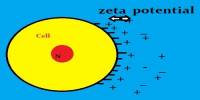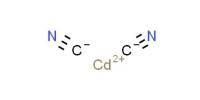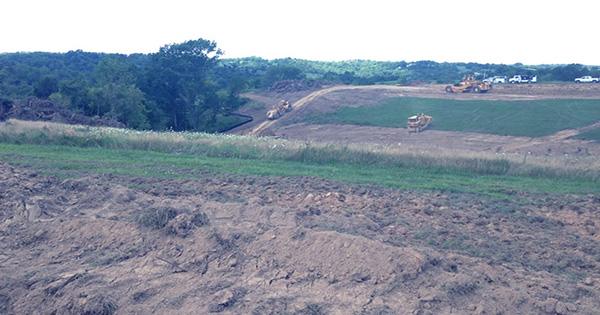Scientists believe they have discovered key components of the first proteins that allowed life to exist. If they are correct, it could lead to new insights into the big puzzle of how, and under what conditions, life can originate from an otherwise lifeless environment. There are numerous lines of inquiry and argument as to when life began and whether DNA, RNA, or a combination of the two originated first. Researchers at Rutgers University are taking a new approach to the subject, attempting to locate the original proteins from which we all descended. In a paper published in the journal Science Advances, they provide some possible solutions.
The researchers reasoned that collecting and utilising energy are necessary aspects of existence. Whatever the source of energy, storing and using it chemically requires the transfer of electrons and this must have been true from the start. They said, “It makes sense for life to have exploited the most easily available electron conductors when it was just getting started.” This would have the limited subset of transition metals that were soluble under the conditions of the time in the early ocean. As a result, proteins that bind metals must have been present at the beginning of life, with repurposed versions of these primordial proteins performing numerous subsequent biological activities.
Because metal binding is still important to life, the authors looked for similar traits in proteins that perform this function across the tree of life to figure out what the structure of the original proteins was. They discovered similarities in practically all transition metal-binding proteins, regardless of their function, origin, or metal processed. In a statement, study author Professor Yana Bromberg said, “We saw that the metal-binding cores of known proteins are actually comparable, even though the proteins themselves may not be.”
“We also discovered that these metal-binding cores are frequently composed of repeating substructures, similar to LEGO blocks. Surprisingly, similar blocks were discovered in other parts of the proteins, not just the metal-binding cores, as well as in many additional proteins not included in our analysis. Our findings suggest that rearrangements of these basic building blocks may have shared a single or small number of common progenitors, giving rise to the current diversity of proteins and their activities – in other words, life as we know it.” The oxidoreductases, or enzymes that move electrons between molecules, comprise the majority of the near-universal structures. According to the authors, there was a time when life existed that was more than 3.8 billion years ago.
Proteins diversified after the Great Oxidation Event, folding in a variety of new and more sophisticated ways. The authors believe that this makes identifying the original sequences too challenging, but that tracing the evolution of protein components based on their structures is conceivable. Using structural alignments, they were able to identify distantly related peptides (short chains of amino acids that can become protein building blocks). Bromberg speculated that this, like any other insight into the origins of life, could aid in the hunt for life beyond Earth as well as the drive to create new living beings through synthetic biology.
















